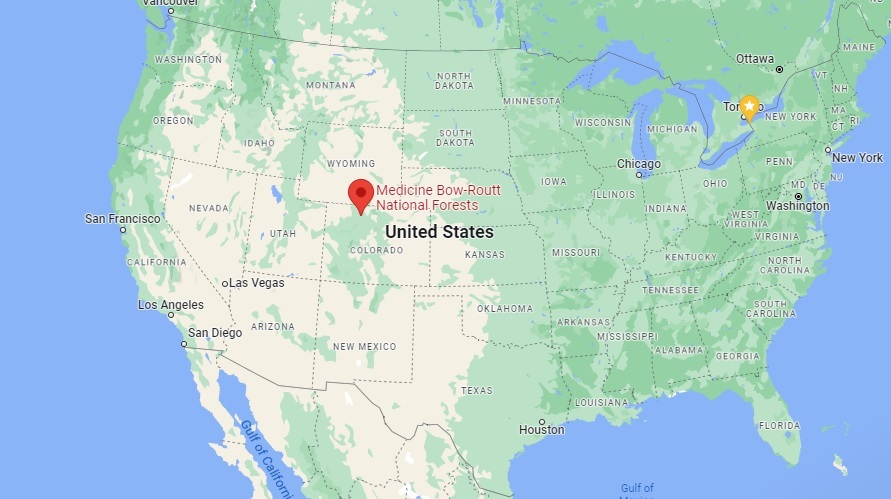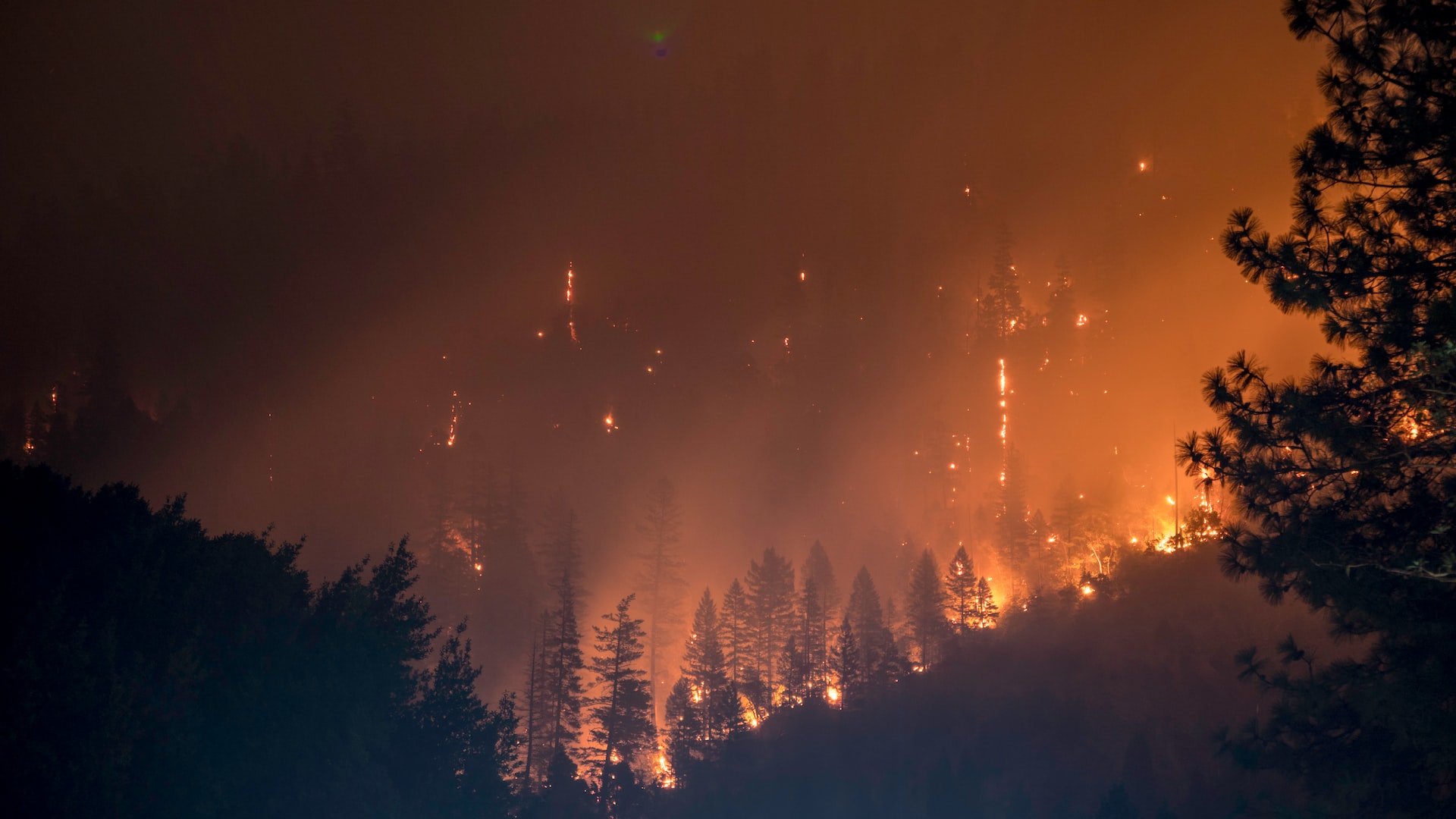Forest fires adversely impact the soil environment
The year 2022 has seen hearing news of forest fires ravaging the US and Europe. On top of destroying homes and releasing excess carbon dioxide into the air, forest fires can have devastating impacts on soil. Severe forest fires increase the risk of soil erosion, reduce soil nutrient levels, and adversely impact watersheds. The recent fires have become such a concern in the States that the US federal government is set to direct almost $1 billion to reduce wildfire dangers.
Much more research on how forest fires impact the soil microbiota needs to be done. A single gram of soil can contain as many as 10 billion bacterial cells. The soil microbiota is also highly diverse. Variations in soil composition even within a foot of depth or width make it impossible to define a typical soil microbiome. Regardless of the soil microbiota composition, the bacteria dwelling in soil play important play important roles in cycling nutrients and elements essential for life on Earth to function.
The method for studying the impact of forest fires on the soil microbiome
As forest fires change a soil’s chemical composition and physical characteristics, it stands to reason that forest fires can also affect the types of bacteria living in the soil and how these bacteria behave. In an effort to start exploring this question, researchers from Colorado State University published a research paper on Nature Microbiology that assessed the impacts of forest fires on the soil microbiota.
To start exploring these impacts further, samples were obtained from lodgepole pine-dominated forests in Medicine Bow-Routt National Forest (Figure 1) burned by two different forest fires in 2018. For each soil sample, the researchers measured inorganic nitrogen levels, pH, and total dissolved organic carbon to assess soil chemistry. The researchers then conducted a comprehensive ‘omics pipeline by extracting nucleic acids for 16S rRNA sequencing, metagenomics assembly, and metatranscriptomics analyses. These efforts enabled the researchers to identify the bacterial species present in the soil samples and what they may have been doing at the time of sampling.

The key findings
Collecting soils at different depths enabled the researchers to show that forest fires had a greater impact on surface soil (0-5 cm depth) microbiomes than those dwelling in deep soil (>5 cm). These changes manifested themselves as reduced microbiome diversity among the surface soil microbiomes. There were three additional features regarding the reduced diversity that the authors noticed:
- The reduction in microbiome diversity observed in surface soil occurred irrespective of the severity of the fire. That said, the microbiomes were even less diverse when hit by a more severe forest fire than a milder one.
- The burned surface soils saw members of Actinobacteria dominating the microbiome community structure, being responsible for as much as 56% of gene expression in burned surface soils. Some of the increased gene expression was attributed to the increased expression of genes encoding sporulation and heat shock proteins in response to heat exposure. Genes associated with protection against oxidative stress and lowered soil moisture were also upregulated during and after the forest fires.
- Assuming that the DNA reads were from live bacterial cells, the forest fires may have selected for fast-growing microbes that were quickly able to adapt to the changing soil conditions.
When checking for microbial chemistry through their metagenomics and metatranscriptomics data, the researchers also identified a series of metabolic changes that took place after a forest fire:
- Moderate and severe forest fires increased the abundance of aromatic compounds in the surface soil. Forest fires have been shown to produce aromatic amino acids that can persist in the soil for at least 2 years after the fire. What impacts these compounds in the soil to humans when exposed requires further investigation.
- The researchers also noted possible reductions of soil organic material (SOM) degradation. This coincided with reductions in the relative abundance of other bacterial taxa that break down soil organic matter, including Acidobacteria and Verrumicrobia.
Conclusions
Topsoil plays a critical role in Earth’s biogeography. Representing the surface layer of soil, it provides the majority of organic matter for plant growth and human sustenance. Changes to this environment can have adverse impacts on agriculture and ecosystem function. The emergence of aromatic amino acids and Actinobacteria as the dominant taxon at the expense of other species may increase SOM stabilization and reduce its degradation. The results of this study point to substantial alterations of the surface soil that take place during a forest fire.
Author
-

Paul Naphtali is a seasoned online marketing consultant. He brings to the table three years of online marketing and copywriting experience within the life sciences industry. His MSc and PhD experience also provides him with the acumen to understand complex literature and translate it to any audience. This way, he can fulfill his passion for sharing the beauty of biomedical research and inspiring action from his readers.
View all posts




